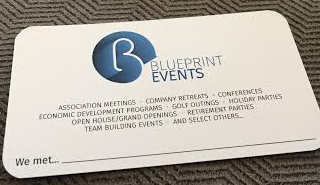How does it work?
The program features a half-day blitz of a business community by trained volunteers who ask business owners/managers a very short list of four questions (see below).
a.) How is business?
b.) What do you like about doing business in your area?
c.) What can be done to improve doing business in your area?
d.) Would you like someone to follow up with your company after the walk?
This brief format allows for 100-200 businesses to be reached in two to three hours. A typical half -day Business Walk will include breakfast/registration, training for the volunteers, a business walk in the community, lunch, and a debrief session. Overall, coordination of the event from start to finish typically takes two to three months.
Why?
The Business Walk Program helps communities create a unified voice and build a stronger relationship between the business community and local government. The program has also initiated change of burdensome regulations, created crime prevention programs and the 3/50 project. But most importantly, it has allowed communities to target and assist companies at risk: saving them from going out of business, relocating to another community, and saving local jobs. Contact Blueprint Events to see how the Business Walk Program can jump start your community’s business retention and expansion efforts!














